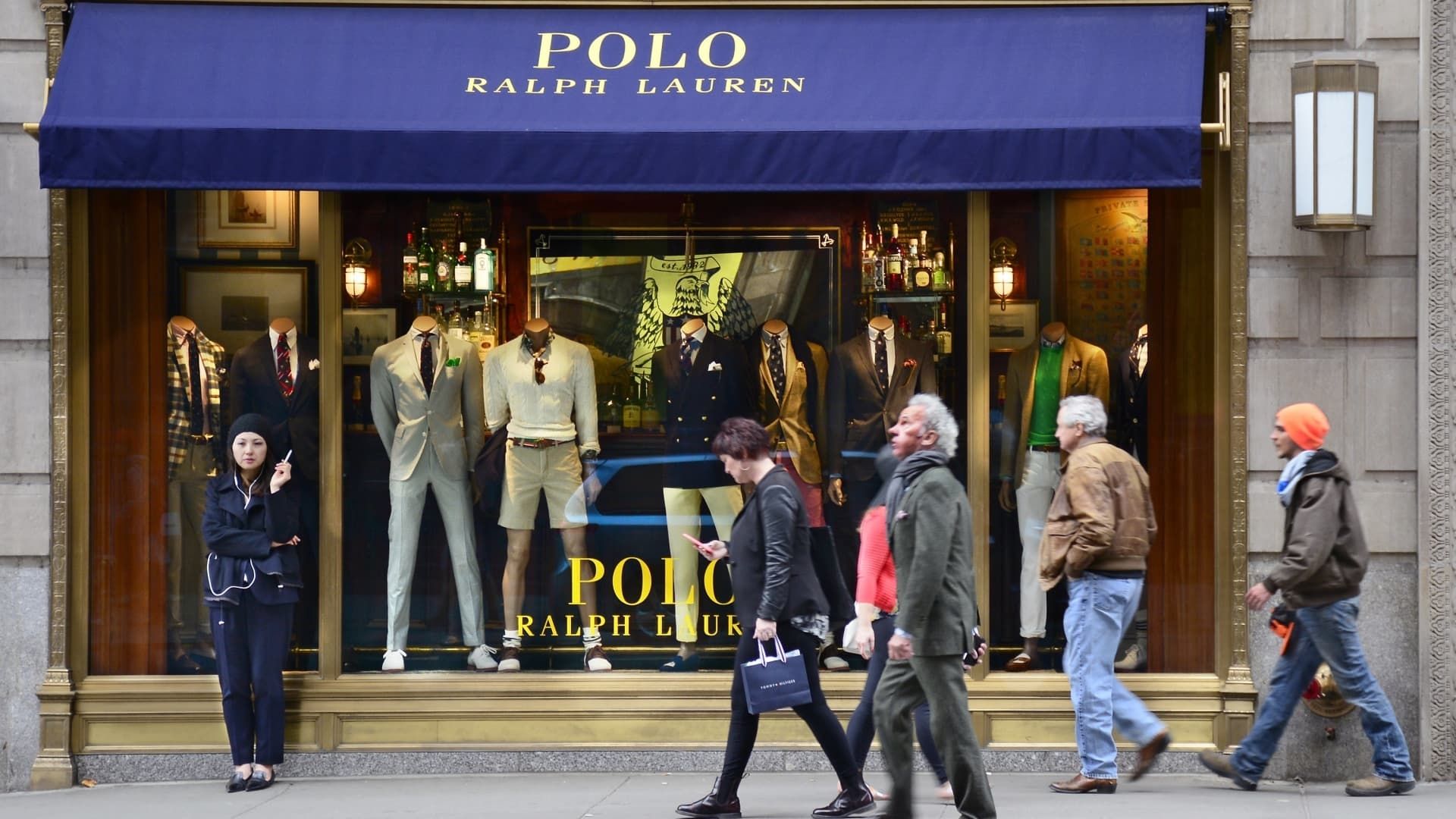
FAQ About Ralph Lauren

How does Ralph Lauren address sustainability and environmental concerns in its production process?
Ralph Lauren has taken several steps to address sustainability and environmental concerns in its production process. Some of the ways that the company has worked to reduce its environmental impact include:
Sustainable materials: Ralph Lauren is committed to using sustainable materials in its products, including organic cotton, recycled polyester, and other eco-friendly materials. The company has set a goal to source 100% sustainably produced cotton by 2025.
Responsible sourcing: Ralph Lauren is committed to responsible sourcing practices, including working with suppliers who follow ethical and sustainable practices. The company has also joined the Better Cotton Initiative, which promotes sustainable cotton farming practices.
Reduction of water usage: Ralph Lauren has implemented water conservation measures in its production process, including using recycled water in some of its manufacturing facilities and implementing water-saving technologies.
Reduction of waste: Ralph Lauren has implemented waste reduction measures in its production process, such as recycling and reusing materials and reducing packaging waste.
Energy efficiency: Ralph Lauren has implemented energy-efficient technologies in its manufacturing facilities and stores to reduce energy consumption and greenhouse gas emissions.
Transparency: Ralph Lauren has committed to transparency in its sustainability efforts, publishing an annual sustainability report that outlines its progress and goals in areas such as carbon emissions, waste reduction, and responsible sourcing.
